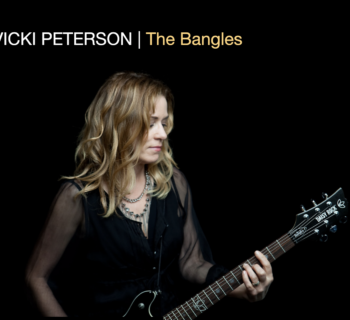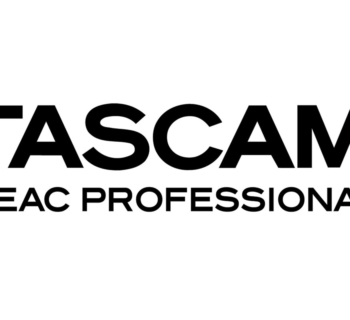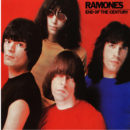ADDAC System has announced its latest Eurorack module, ADDAC107 Acid Source. Acid Source, a compact synth voice incorporating full VCO, VCF and VCA functionality, forays deep into acid sonic territory with classic 'squelchy' sounds — all of which may be shaped using its built-in low-pass, band-pass and high-pass filters. Whether being used for a plucky bass line, a squelchy lead synth line or scratchy percussion, ADDAC107 delivers epic acid sounds in spades.
ADDAC System engineers originally designed the module as a complex drum source, but along the way, noticed its strengths as a synth voice and embraced this change in course as a happy accident. The result is a highly flexible, fully featured synth voice that is timbre-rich and sonically capable.
VCO section
The ADDAC107's VCO features Frequency and Fine Tune knobs, as well as a dedicated CV Input and Attenuator knob that is tunable over four octaves. The VCO waveform output is achieved by selecting either the Triangle or Saw option, via the faceplate switch. Once selected, the waveform can then be mixed and balanced against the square wave before it is sent to the filter.
Filter section
The filter features Cutoff and Resonance knobs, plus a cutoff CV Input and Attenuverter knob. A three-position switch is used to select the filter type: Highpass, Bandpass or Lowpass, and the resulting output is then sent to the VCA.
VCA section
The VCA section features an Input with an Input Gain knob. Turned to its maximum setting, this can amplify the incoming signal by a factor of 2. The VCA accepts any signal, including trigger, gate or CV. The signal is then fed through an attack/decay circuit, with a very short attack and controllable decay through the VCA Decay knob, also used in combination with the CV Input and Attenuverter knobs. The resulting slewed signal is then used to control the VCA gain. and the signal is also sent to the CV Output as well as to the LED monitor.
Input Gain knob
Typically, attack/decay envelopes have a maximum voltage of +5v, causing clipping at +5v. The ADDAC107 does not employ this clipping method, and instead allows the incoming voltage to determine the maximum attack/decay voltage — so if a +10v signal is sent, the maximum attack/decay voltage will be +10v. This also means that, with higher input voltages, the decay will be longer than with lower voltages, since it has a longer range back to 0v.
As mentioned earlier, the Input Gain knob can amplify the incoming input by a factor of two. The AD signal is responsible for opening the VCA — up to +5v the VCA will open to unity gain, and above this value the VCA will eventually cause the signal to saturate and distort, adding harmonics to the signal that enable the module shine in acid contexts. Meantime, introducing high levels of resonance, or even filter self-oscillation in combination with high VCA saturation, will create even more harmonics that are highly usable and worth exploring.
The ADDAC107 Acid Source module is available now, and will soon be available as a DIY kit as well. For more information, please visit the ADDAC System website.
Specifications:
- Width: 9HP
Depth: 4 cm
Power: 80mA +12V 80mA -12V
About ADDAC System
ADDAC develops advanced instruments for sonic expression. The company started back in 2009 with an ambition to explore the potential crossover between analog synthesizers and computers. Because its first creations sparked a lot of attention, ADDAC decided to work hard and put them in customers' hands. Today our product line is focused on a new breed of hybrid synths, that make use of the best of both the digital and analog worlds. We've grown to be able to reach thousands of enthusiastic clients, friends and collaborators. Always looking into conceptualizing and developing the most exquisite instruments, we hope you're able to join and share this passion with us.
Our solutions can be found in many personal studio throughout the world, owned by musicians in several planes of stardom. We especially appreciate seeing them being used in a very wide range of musical genres.














